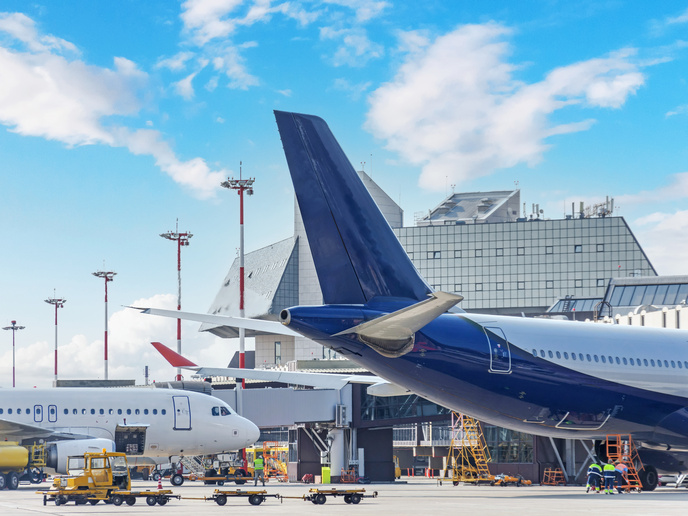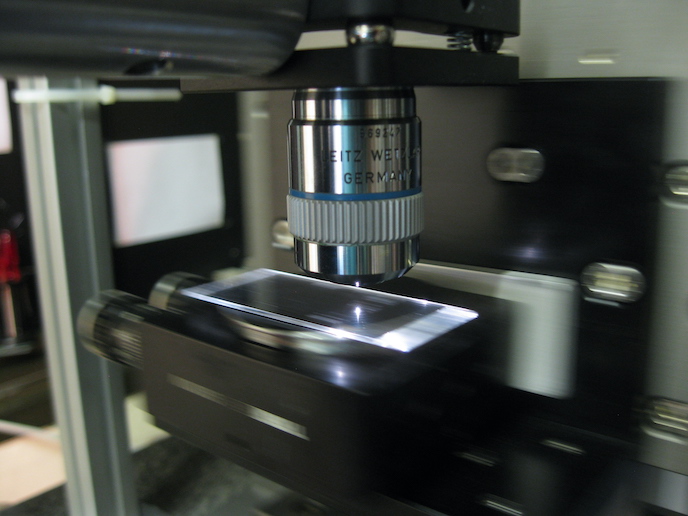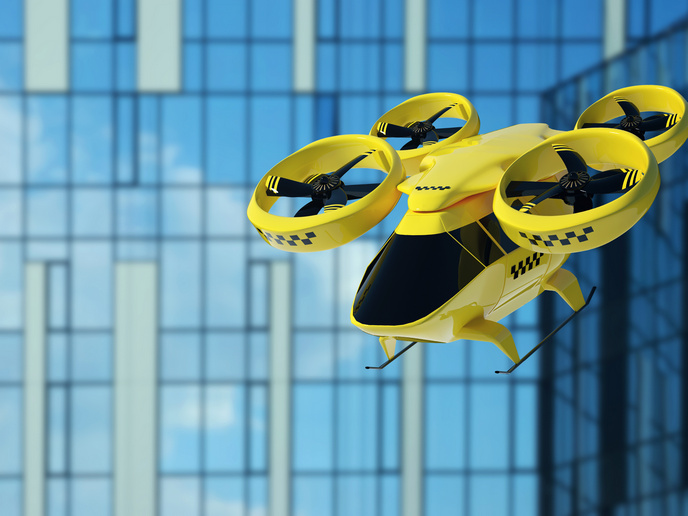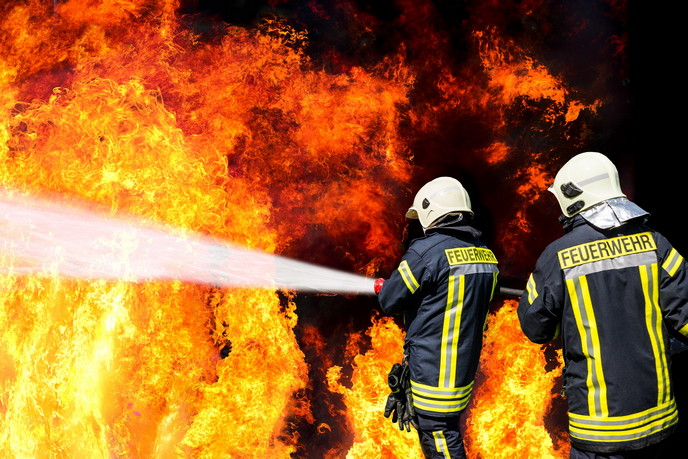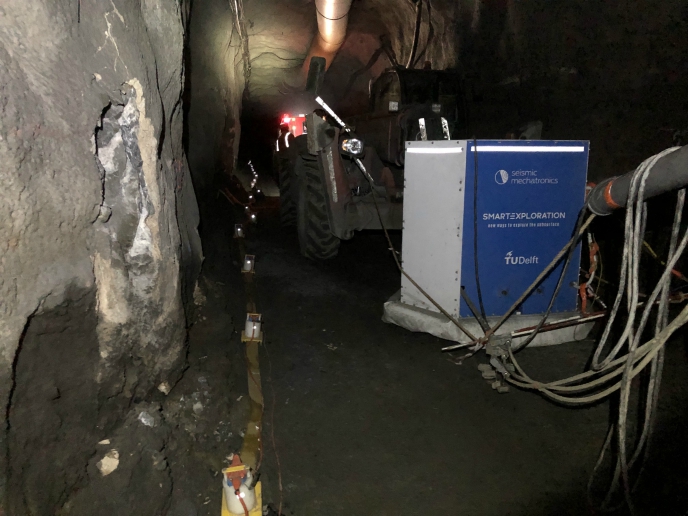New model could help overhaul tailplane design
Aerofoils – which include wings, fins, propeller blades and helicopter rotor blades – are the surfaces that enable an aircraft to fly. On a typical airplane, the aerofoil’s shape is designed to take advantage of the positive lifting action from air passing around the wing. The plane goes up if the forces of lift and thrust are more than gravity and drag – the force that resists movement of an aircraft through the air. “The wing contributes one third of the total drag of an aircraft,” explains MONNALISA project coordinator Franco Auteri from Milan Polytechnic in Italy. “Optimising the shape of the wing is therefore critical to aircraft performance, through being able to reduce drag.” Less drag means less fuel burned, and less CO2 and other pollutants emitted into the atmosphere. Similar reasoning also applies to the tail. While the surface of the tail is smaller, achieving optimal performance can also contribute to operational efficiencies.
Predicting aerodynamic performance
The aim of the EU-funded MONNALISA project was to enable the development of advanced prototype tail components – or tailplanes as they are called – in response to demand from major European aircraft manufacturers. “This part of the aircraft is key to the stability of the aircraft,” says Auteri. “It is therefore a very important component.” To achieve its goals, the MONNALISA project set out to develop a simple yet effective mathematical model, capable of more accurately predicting the aerodynamic performance of the tailplane. The idea was that this model would enable aircraft manufacturers to run optimisation cycles, and to then design more efficient yet safe aerodynamics for the rear end.
Calibrated model for tailplane design
“We followed a highly innovative path to achieve this goal,” adds Auteri. “We started from a reliable mathematical model, and tuned this further based on a large database of experimental and numerical data. This data was produced within the MONNALISA project.” Advanced techniques to quantitatively evaluate the uncertainty of various numerical results were applied. This enabled the project team to calibrate their model, in order to predict aerodynamic performances as accurately as possible. The project team succeeded in developing a new calibrated model, which can be used by aircraft manufacturers to optimise the rear end. This could lead to the development of new tailplane designs in the future. Another result – which could be of great use to the scientific community – has been the extensive (database) that has been built up. “This database will be made openly available to the scientific and industrial community,” notes Auteri. “We see the database as being a useful reference point in the future.”
Innovative tail designs for commercial aircraft
Auteri and his team hope that the project results will open the door to the development of innovative new tail designs for commercial aircraft. Overcoming current design limitations could lead to cleaner and safer commercial aircraft in the near future. The next steps will be to integrate the project’s new model into the design loop of aircraft makers, so that advanced rear ends can start to be developed and manufactured. “It is very exciting to think that future commercial aircraft could be very different from today, and that we may have contributed to this radical change,” says Auteri.
Keywords
MONNALISA, plane, aircraft, aerodynamic, airplanes, helicopter, aerofoils



